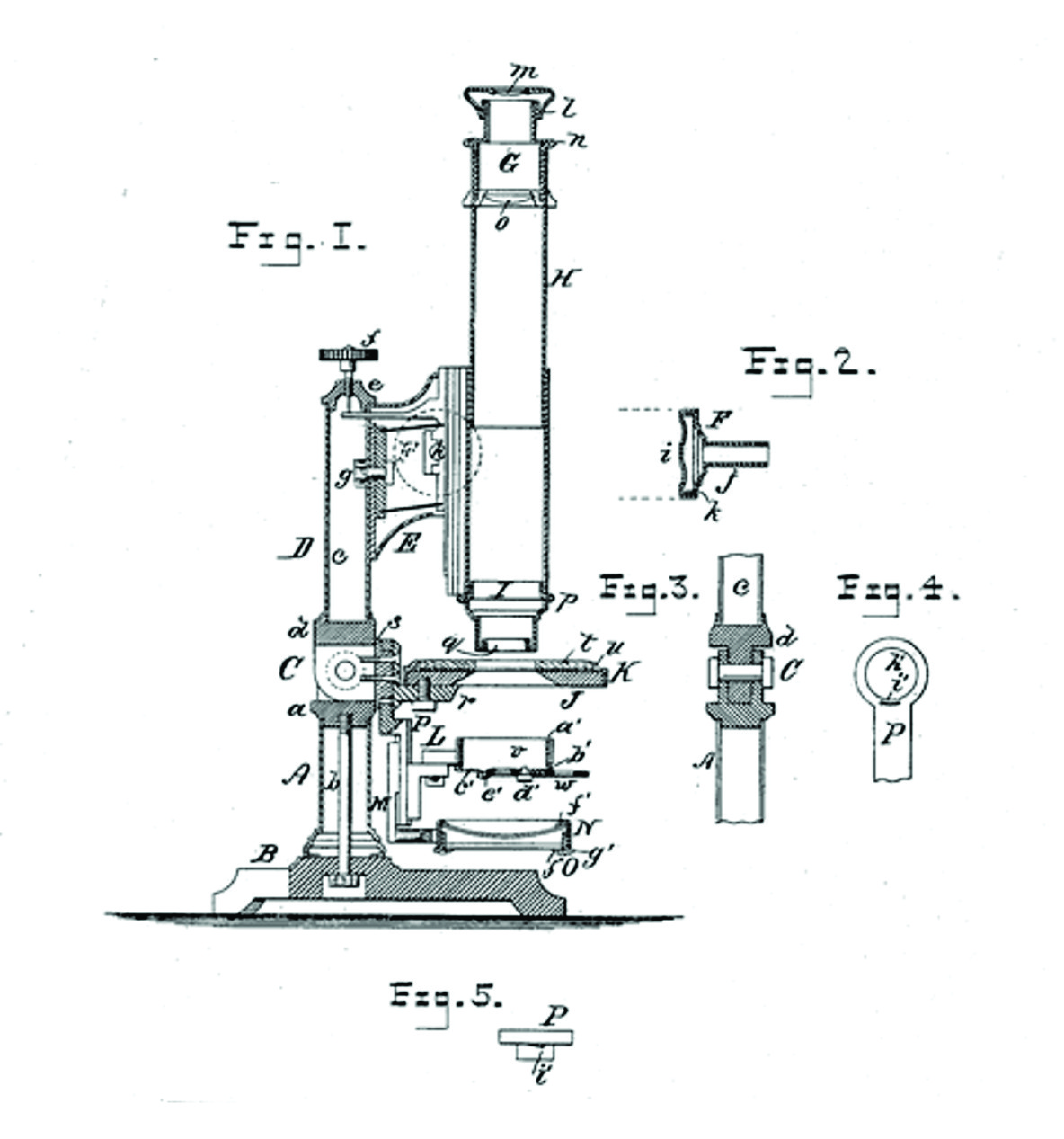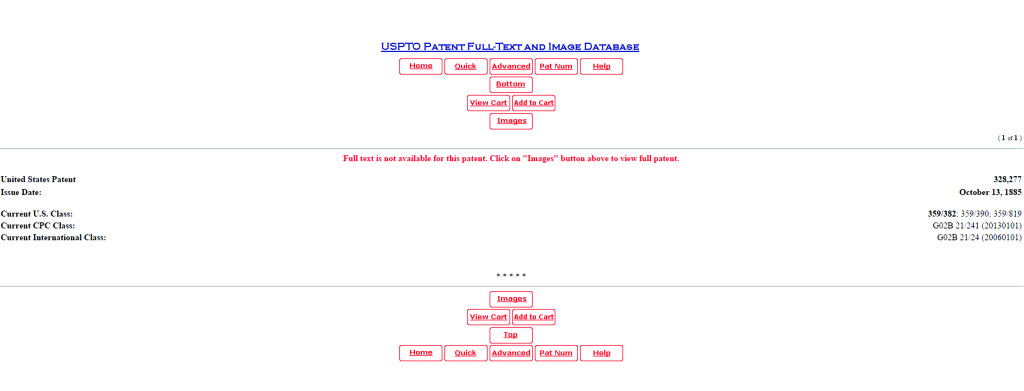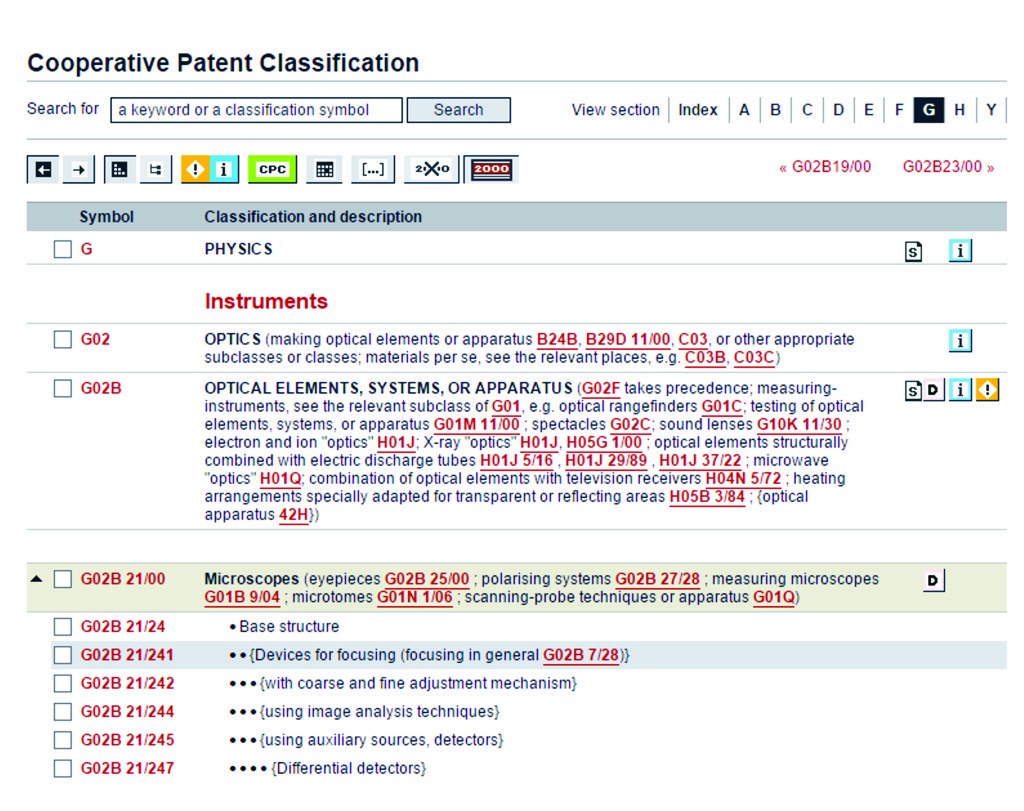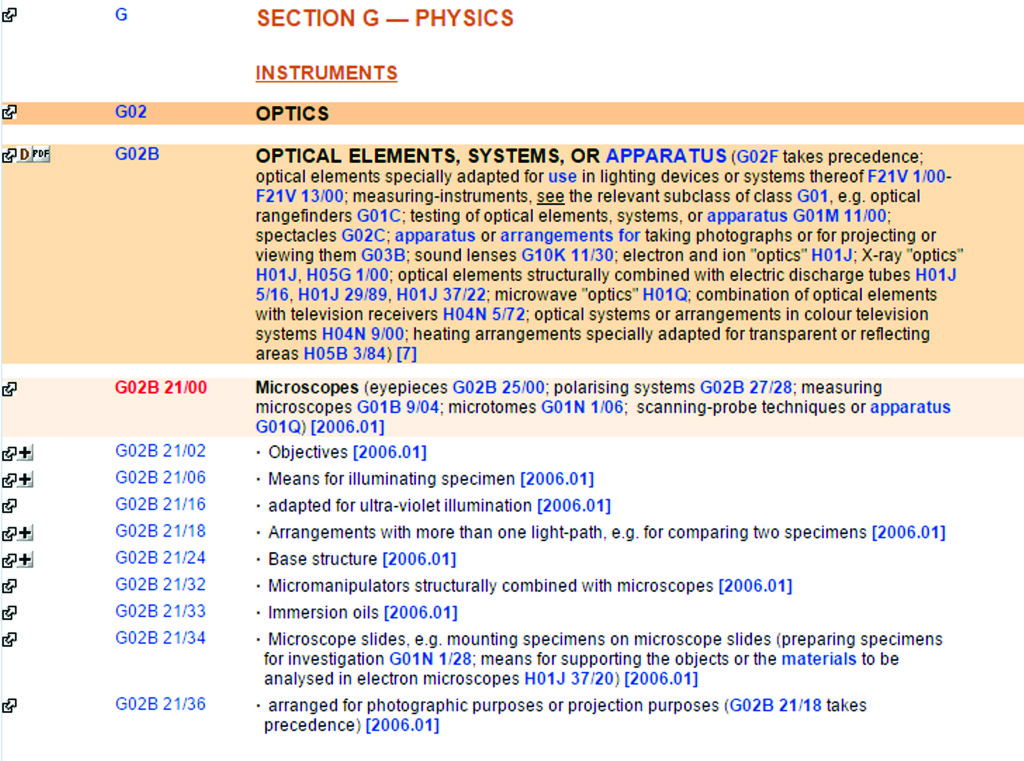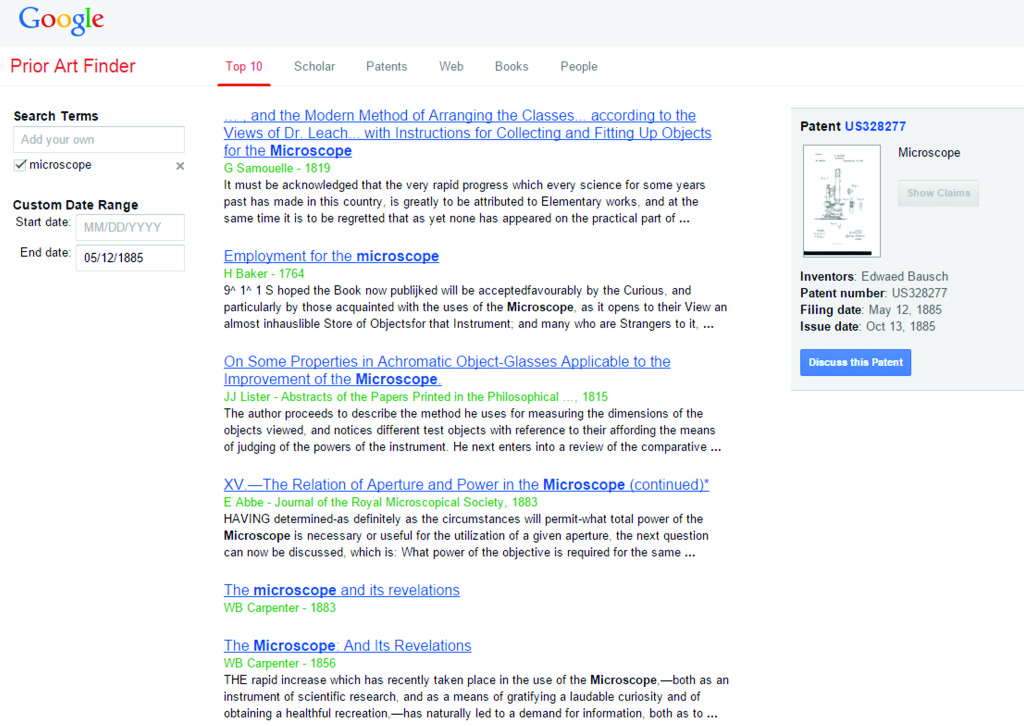Whether you’re a seasoned inventor or are attempting to patent your first invention, performing a patent search is a logical first step. It only makes sense to learn and understand what’s out there before embarking on the long, expensive and frustrating voyage of obtaining patents in the United States and abroad. And with today’s internet, accessing relevant patent information has never been easier. In fact, performing an initial patent search is now possible for anyone with an internet connection. This post has been written to offer inventors and entrepreneurs a glance into the world of patent searching and to provide a few free resources for searching through various patent databases in order to find patents, printed publications and similar technologies. It is not meant to turn an inventor into a professional patent searcher, and should in no way be considered as a substitute for a professional patent search.
The good news for independent inventors is that there are several patent searching resources which have been made available for the public. The bad news is that none of these resources will, without a good amount of training, practice and persistence, provide a good set of results upon which to make a truly informed decision as to whether to patent an invention or not. Performing an initial patent search on one’s own is not impossible, but it does take a considerable amount of time and effort to learn a workable method of searching. Additionally, one can easily expect to spend over twenty hours of diligent searching if one is to obtain a good amount of patent data. Also, it must be understood that finding references and interpreting those references are two distinct areas of knowledge. Patent attorneys not only have a technical background to understand the technology, but also have the legal training to interpret much of the vague language used in patent documents.
A patent search is generally performed for the determination of an invention’s novelty. In order to obtain a patent, an invention must be novel, non-obvious and useful. Novelty essentially means that an invention was not available to the public or described in any publication before a patent application is filed. More exhaustive searches can be made to determine issues like non-obviousness, noninfringement, or patent validity. Usually, after a professional novelty search is performed, a patent attorney examines the search results to render a patentability opinion. From there, an inventor can decide whether it makes sense to move forward with filing a patent application or not.
The first thing one must understand when it comes to patent searching is that no methodology is exact. One major issue is that patent applications in the United States are not published right away. It takes eighteen months for a patent application to be published, thus creating an information void that is virtually undiscoverable by a patent search. Patents are also classified differently among nations, with certain technologies being classified in areas which may run completely counterintuitive to a patent searcher. Even patent examiners and professional searchers miss prior art (prior art being a term used by patent practitioners to describe already known patents and printed publications cited by examiners to reject an application or used by attorneys to invalidate a patent in an infringement action). In patent litigation battles, law firms spend tens to hundreds of thousands of dollars searching through foreign patents, patent applications, magazine articles, product brochures, university theses, web articles and various other publications which may have been overlooked by the patent office. In a nutshell, it is virtually impossible to find every piece of information related to a particular technology in a single sitting.
The United States Patent and Trademark Office (USPTO) has created a number of free resources for inventors to use in a preliminary search. The USPTO’s public database is known as the Patent Full-Text and Image Database. Among its features are a quick search function and an advanced search function. The basic search is limited in its constraints, but the advanced search allows a search to be performed by various criteria. Patents older than 1975 can only be searched by Issue Date, Patent Number, and Current Classification. The USPTO provides a step-by-step strategy for performing an initial search using the either the United States Patent Classification (USPC) system or the Cooperative Patent Classification (CPC) system. It is somewhat tedious work which requires the user to read each and every result. Both issued patents and published patent applications can be found in this manner.
Understanding how patents are classified is an important aspect to performing a successful patent search. The Cooperative Patent Classification system is being jointly developed between the United States Patent and Trademark Office and the European Trademark Office (EPO). Since 2010, the USPTO and the EPO have been working together to harmonize existing classification systems by progressing towards a common classification scheme. In 2015, the USPTO will make the switch to solely using the CPC. Sometimes, finding a particular area of technology is relatively easy. Sometimes, the process can be somewhat misleading. But by navigating through class and subclass numbers, an inventor can arrive at a place where to look for analogous technologies.
The European Patent Office’s counterpart to the USPTO’s database is known as Espacenet. It is a free online service available in English, French or German. And just like the United States, the EPO has several free searching tips and tutorials. Espacenet employs a simpler interface for basic keyword searches, which can be incredibly useful as a starting point. Using Espacenet’s advanced features is similar to the USPTO, and as the USPTO and EPO continue to work towards a unified classification system in the CPC, one can expect the two to become increasingly similar.
The World Intellectual Property Organization (WIPO) uses the International Patent Classification (IPC) system and a global database known as Patentscope. The IPC was formed under the Strasbourg Agreement in 1971, and has served as the template for the implementation of the Coopertative Patent Classification system. Included in this database are patent documents from WIPO participating patent offices as well as published applications under the Patent Cooperation Treaty (PCT). Furthermore, the WIPO site offers a number of video tutorials and reference materials which can come in handy when performing a search for international documents. In addition, the WIPO site offers services in a number of languages ranging from Arabic to Russian.
A great jumping off point to begin a patent search is Google Patents. The user interface is simple to understand, and the results displayed are in a format similar to a typical web search. Currently, Google Patents claims to cover the entire collection of granted patents and published patent applications from the United States Patent and Trademark Office (USPTO), the European Patent Office (EPO), and the World Intellectual Property Organization (WIPO). At present, Google can access United States patent documents dating back to 1790 and EPO and WIPO documents dating back to 1978. If you’re able to perform a Google search, then the basic patent search function should look pretty familiar. Google also has an advanced patent search feature which allows you to enter more specific criteria. Additionally, Google Patents has an incredibly useful Prior Art Finder which identifies key phrases from patent office databases, combines them into a search query and displays the results from Google’s services as well as the rest of the web. Last, but not least, Google Patents makes all patents and patent application publications available in a downloadable .pdf format.
Another great free resource is Free Patents Online. Like Google, it has an easy to understand interface and offers patent information in .pdf format. Unlike Google, Free Patents Online was created for the sole purpose of providing patent information for researchers with several useful blog articles for inventors to use. The creators of Free Patents Online also offer a fee-based service which makes searching and patent analytics even easier.
After performing an initial search, it is strongly recommended that inventors obtain a professional search before preparing and filing a patent application. A professional searcher can uncover sources which may have been overlooked or missed in a preliminary search. Furthermore, a professional search is performed by individuals who have extensive experience in searching through patent office data as well as other sources. Moreover, professional searchers usually have access to databases and search tools used by patent examiners. In a world where patent applications, and patents themselves, are being continuously attacked and invalidated by overlooked publications, devoting the time and money up front can save an inventor the anguish of having a patent application rejected due to previously known and similar inventions.
As has been hinted, there really is no easy way to perform a patent search. This article merely scratches the proverbial surface when it comes to the field of patent searching, and is not meant to be a complete tutorial. Each resource I provided has its own limitations, and their respective instructions for use and tutorials must be thoroughly understood before beginning a search. It is further emphasized that there is no guarantee that a patent search, whether performed on one’s own or by a professional searcher, will reveal each and every piece of prior art which could be used to reject a patent application. It is simply my hope to introduce the inexperienced inventor to the world of patent searching and to provide a few helpful resources for finding patent documents.
Over the life of this blog, this firm will be providing more information on patent searching and other useful tools for inventors. Our hope is to provide greater insight into using each of these services to obtain a set of preliminary search results. Independent inventors, small businesses and entrepreneurs need every competitive advantage they can find, and The Thornton Firm is here to help in any way we can.

